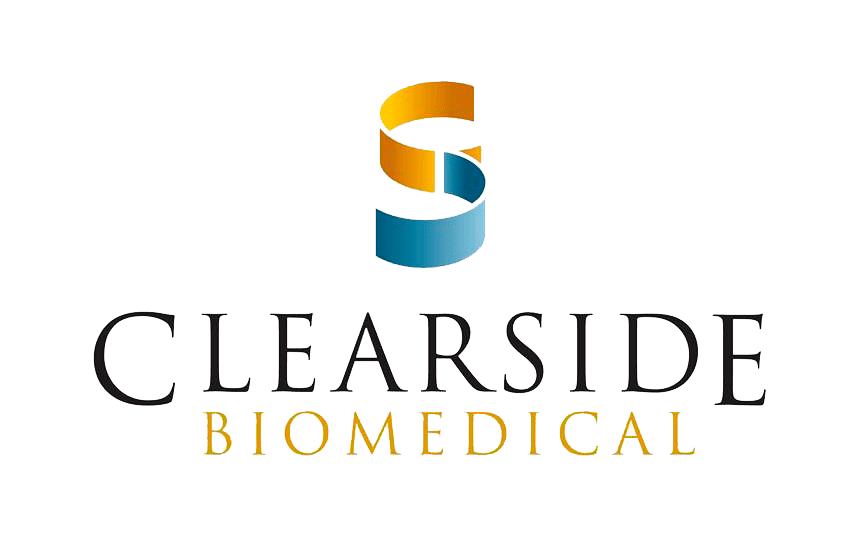
Clearside Biomedical Announces Completion of Patient Enrollment in Phase 2 Clinical Trial of CLS-TA Used Together with Eylea in Patients with Diabetic Macular Edema
Print 24 October 2017

DME is the most common cause of vision loss in people with diabetes mellitus. A consequence of diabetic retinopathy, DME is swelling in the area of the retina called the macula caused by leaking blood vessels. DME affects up to 30% of people who have had diabetes for 20 years or more, and if untreated, approximately 20 to 30% of people who have it will experience moderate visual loss.
The TYBEE trial, a multicenter, randomized, masked, controlled Phase 2 trial, has enrolled 71 patients who are naïve to pharmacologic treatment for DME. In this trial, patients were randomized into either a combination arm to receive suprachoroidal CLS-TA together with intravitreal Eylea or a control arm to receive only intravitreal Eylea. The primary outcome measure is a comparison of mean change from baseline in best corrected visual acuity between the two study arms. An additional analysis will be a comparison between the number of injections required between the two groups.
“The completion of patient enrollment in the TYBEE trial represents an important milestone and step forward in our DME clinical development program. We have eclipsed over 300 patients who have been treated for sight threatening diseases with suprachoroidal CLS-TA,” said
CLS-TA for suprachoroidal administration, used either alone or together with an intravitreal anti-VEGF agent, is being studied as part of Clearside’s pipeline for the treatments of unmet or underserved blinding eye diseases where the pathologies manifest in the choroid and retina.
About Clearside
Cautionary Note Regarding Forward-Looking Statements
Any statements contained in this press release that do not describe historical facts may constitute forward-looking statements as that term is defined in the Private Securities Litigation Reform Act of 1995. These statements may be identified by words such as “believe”, “expect”, “may”, “plan”, “potential”, “will”, and similar expressions, and are based on Clearside’s current beliefs and expectations. These forward-looking statements include expectations regarding the clinical development of Clearside’s product candidates, and the potential attributes and benefits of Clearside’s product candidates. These statements involve risks and uncertainties that could cause actual results to differ materially from those reflected in such statements. Risks and uncertainties that may cause actual results to differ materially include uncertainties inherent in the conduct of clinical trials, Clearside’s reliance on third parties over which it may not always have full control, and other risks and uncertainties that are described in Clearside’s Annual Report on Form 10-K for the year ended
All Portfolio
MEDIA CENTER
-
The RMI group has completed sertain projects
The RMI Group has exited from the capital of portfolio companies:
Marinus Pharmaceuticals, Inc.,
Syndax Pharmaceuticals, Inc.,
Atea Pharmaceuticals, Inc.

